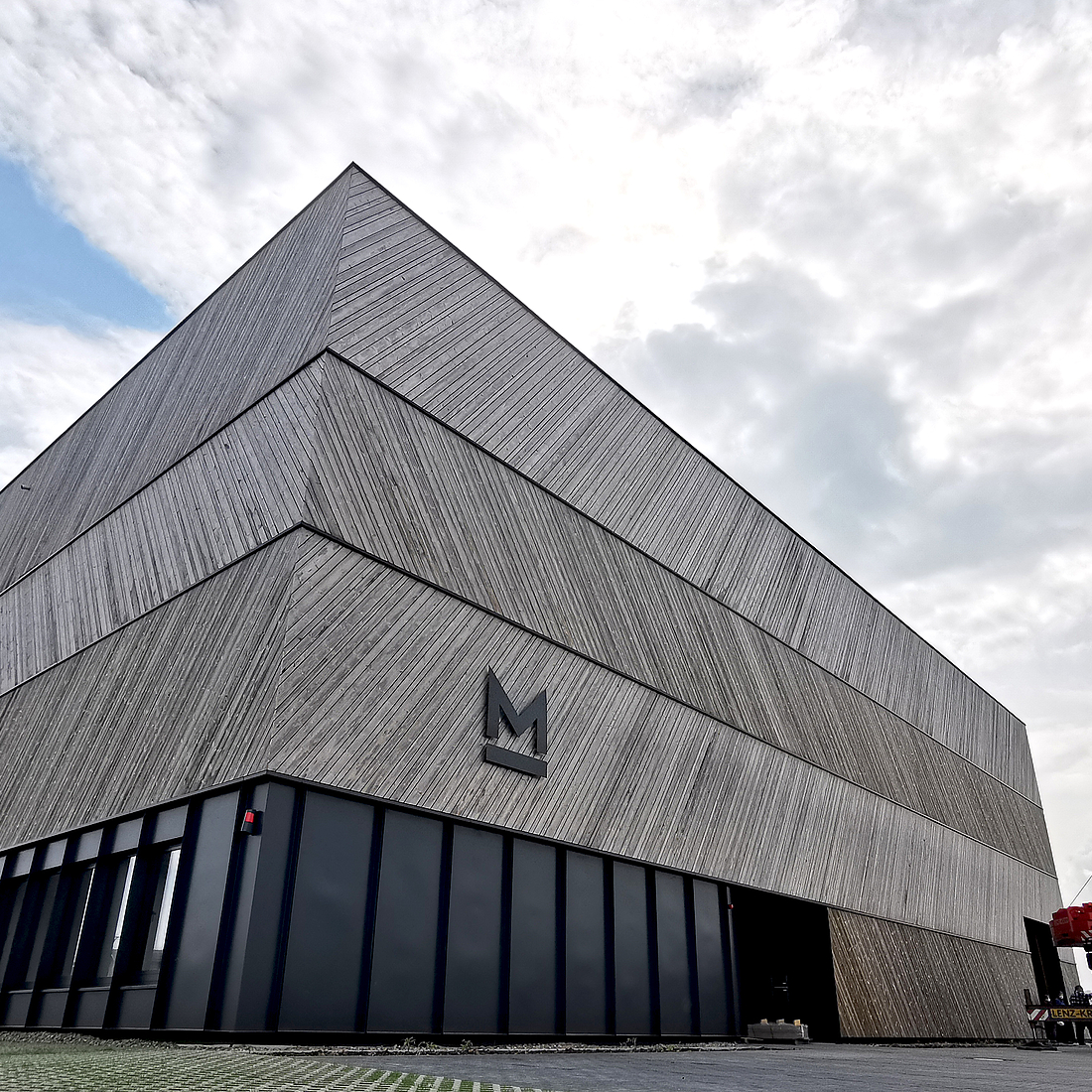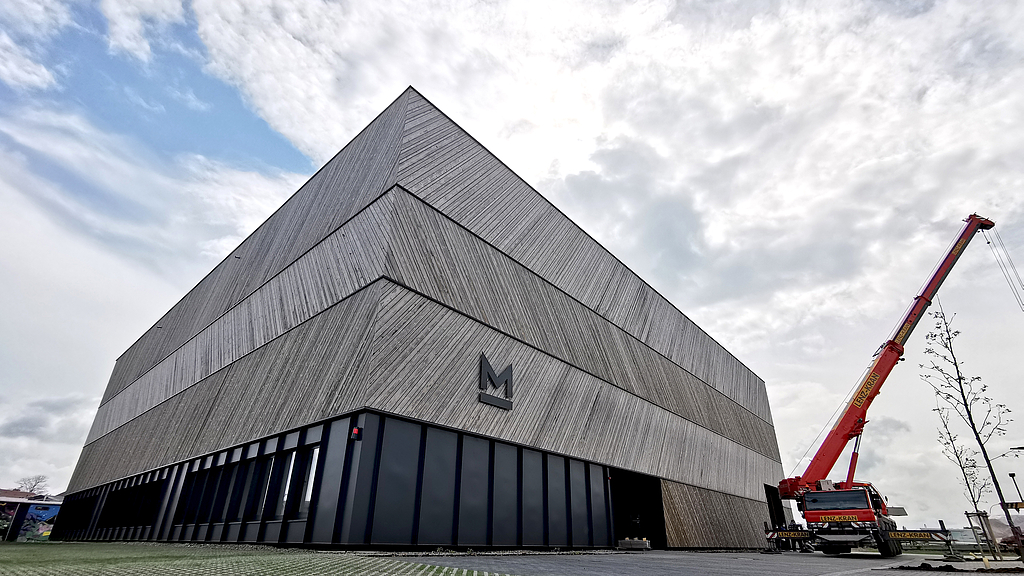Starting signal for move to research depot
Good news for the science location Bremen / Bremerhaven and the German Maritime Museum / Leibniz Institute for Maritime History: One and a half years after the topping-out ceremony, the new research depot in Bremerhaven's fishing port is ready for occupancy. The DSM team is looking forward to modern storage and research options and thanks all supporters.
It will be a move of superlatives: 380,000 archival records and 60,000 museum objects will change location from May. The sailing lifeboat "Geheimrat Heinrich Gerlach", figureheads, table services from cruise ships, ship models, rigging, paintings, goblets, navigation instruments, uniform buttons and many other objects will move from the interim depot to the newly constructed building at Eichstraße 13 in the fishing port. With more than 2,000 square meters, the imposing building with its wooden plank look offers sufficient space and optimal storage conditions that meet security and international requirements. Dark rooms with constant temperature and humidity ensure that even very sensitive objects are protected from UV light, temperature fluctuations, environmental influences and dust. The construction of the building is based on plans by the Bremen-based architectural firm Haslob, Kruse + Partner.
The construction was made possible with the kind support of the Federal Ministry of Education and Research, the Senator for Science and Ports of the State of Bremen, the City of Bremerhaven and the Karin and Uwe Hollweg Foundation. A total of around eight million euros was invested in the building.
The building is of outstanding importance for Bremen/Bremerhaven as a center of science: not only will a newly sorted and optimally protected collection be found there in the future, it will also have a special added value for those interested in maritime history. Students and researchers will have the opportunity to view and examine exhibits for research live in the study zone.
With the establishment of the depot, the DSM is fulfilling one of the core tasks of museums: The long-term and professional preservation of treasures and the clearly arranged care of collections. By the end of the year, the team is expected to be busy assigning a place to all exhibits in the new depot. In addition, new offices are being created. For example, the archive and 3D acquisition will work from the Eichstrasse location starting in May. The 3D digitization will be science-led by a newly established working group, which will be accompanied by an institutional increase in federal-state funding in the higher six-figure range annually and the establishment of a professorship on knowledge processes and digital media at the Carl von Ossietzky University Oldenburg.
Insights into the research depot can be found in a video at www.dsm.museum/forschungsdepot
Voices on the opening:
Prof. Dr.-Ing. Matthias Kleiner, President of the Leibniz Association: "The work of the eight research museums of the Leibniz Association is characterized by the triad of collecting, researching and communicating. Each of these activities requires modern framework conditions: in laboratories, exhibition rooms and collection depots. The new research depot improves the possibilities of permanently preserving the valuable collection objects of the German Maritime Museum according to the latest state of the art and conservation research. The cultural heritage of our maritime history thus finds a safe haven in the new research depot and thus remains ready for future use in research and exhibitions."
Dr. Bernhard Klingen, Federal Ministry of Education and Research: "As a Leibniz Research Museum, the DSM conducts cutting-edge research of supraregional importance. It is characterized in a special way by scientific work directly on and with the object. For this reason, the museum's valuable collection must not only be securely housed, but also provide optimal access and work opportunities for research. And that's exactly what the modern infrastructure of the research depot, jointly financed by the state and federal governments, offers."
Dr. Claudia Schilling, Senator for Science and Ports of the State of Bremen: "As a Leibniz Institute and integrated research museum, the DSM is of great importance for the science location Bremen/Bremerhaven, but also beyond our state borders. The research depot that has now been opened enables research on objects of supra-regional importance from maritime history. I am particularly pleased that this major project was completed on time and within budget despite the difficult conditions caused by the pandemic."
Melf Grantz, Mayor of Bremerhaven: "I admit that I would have liked the new research depot to have gone into operation a little earlier. I am all the more pleased that it can now begin operations. With the research depot, the research museum - and I like to emphasize both terms - now has excellent opportunities to store its valuable holdings properly and to work with them scientifically. From the point of view of the city of Bremerhaven, I expressly welcome the fact that there are also plans to allow interested laymen to take a look at this unique collection, which is otherwise hidden from the public. I wish the depot a lively future as an important building block of the national maritime museum, the German Maritime Museum."
Prof. Dr. Sunhild Kleingärtner, Executive Director of the German Maritime Museum: "Our collection holdings are much larger than what we can show during a visit to the museum. At the same time, these objects and archives hold historically valuable information. For behind them are events, intentions and inventions, but also thought patterns, attitudes and feelings. These aspects combine to form stories of man and the sea that are worth exploring and telling. With the research depot, our museum combines the storage of this internationally significant collection with its scientific use for research projects, future exhibitions and digital applications. This is a great opportunity for which we sincerely thank all those involved financially and organizationally."
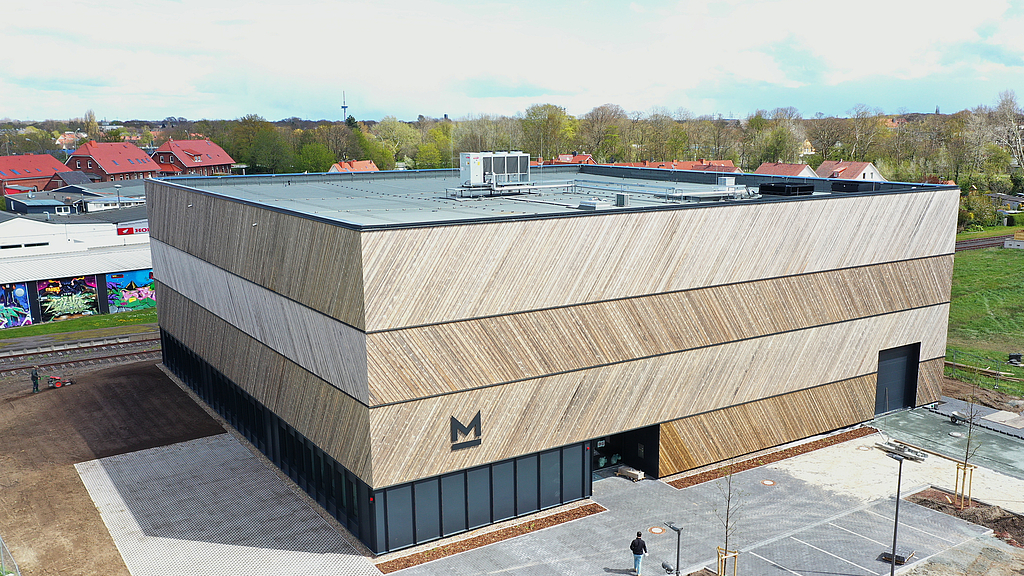
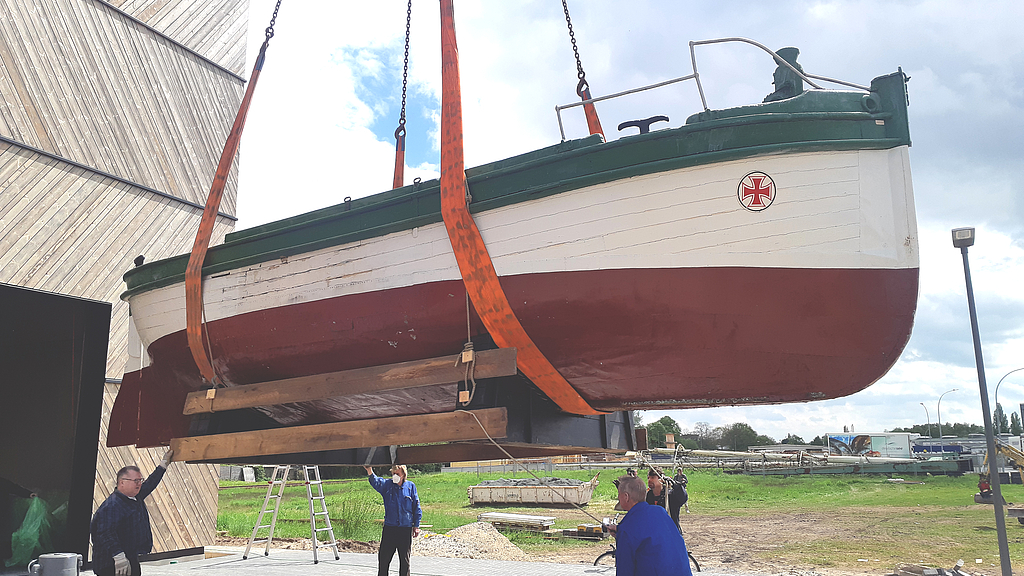
The largest exhibit, the lifeboat GEHEIMRAT HEINRICH GERLACH, moves in.
Photo: DSM / Thomas Joppig
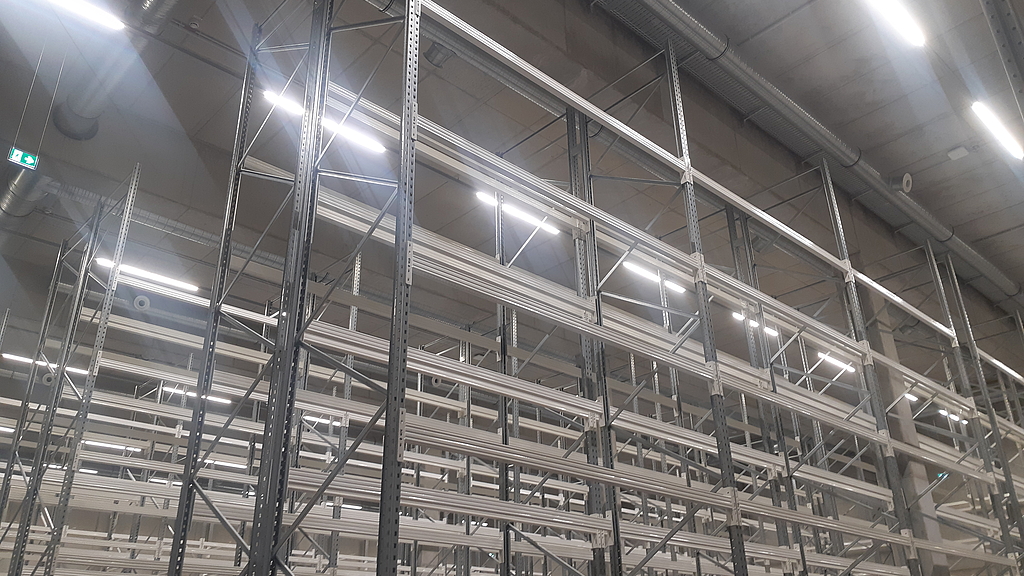
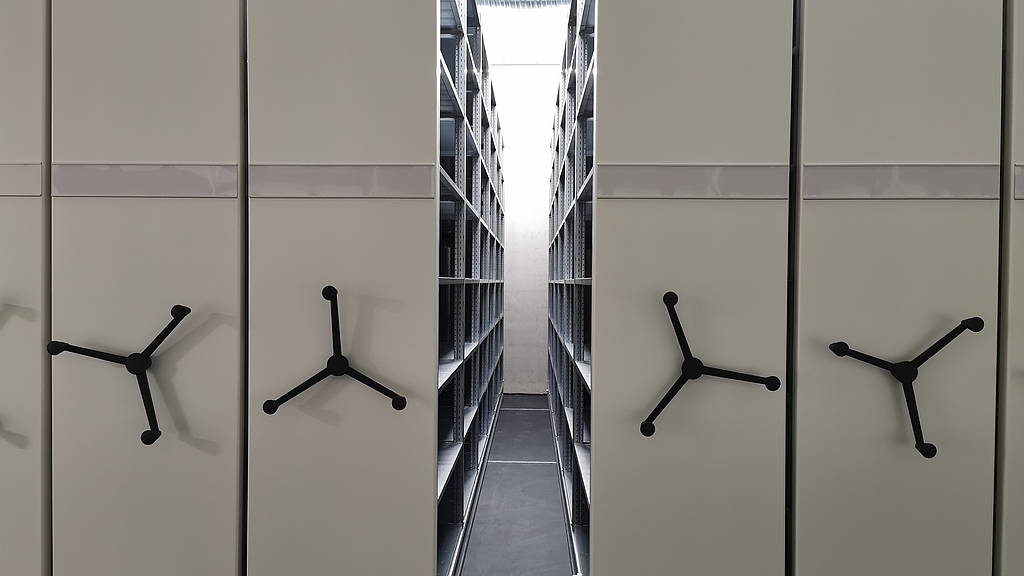

From left: Dr. Claudia Schilling (Senator for Science and Ports of the State of Bremen), Astrid Ottilige (Haslob Kruse + Partner Architekten), Prof. Dr. Sunhild Kleingärtner (Executive Director of the DSM), Jens Kruse (Haslob Kruse + Partner Architekten), Melf Grantz (Lord Mayor of the City of Bremerhaven).
Photo: DSM / Annica Müllenberg

